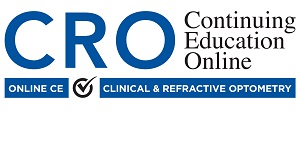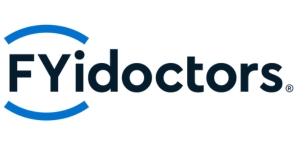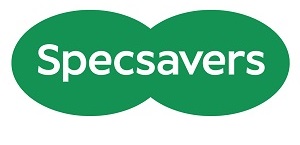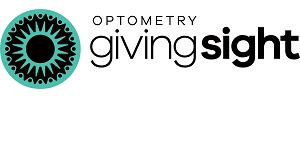
In this article, I will outline each of the three parts of the American optometric board examinations administered by the National Board of Examiners of Optometry (NBEO) as well as my personal experiences completing these exams as a Canadian optometry student, the study material I used, and my tips and tricks for success.
Part I of the NBEO exam is typically challenged in March of your third year of optometry school. This is an 8-hour exam consisting of 350 scored and 20 non-scored items, divided into two sessions with 185 questions within each session.
This exam covers various subjects that you have learned over your first three years of school, with a strong emphasis on ocular disease, ocular anatomy, optics, pharmacology, and binocular vision.
Part II of the NBEO exam is administered in December of your fourth year of optometry school and consists of 45-55 full cases, 15-20 mini-cases, and 15-20 solo items. This exam is also 8 hours divided into two sessions.
Approximately 120 questions are categorized as TMOD, which stands for treatment and management of ocular disease.
Part III of the NBEO exam can be taken beginning the summer of your third year and onwards. This exam must be taken at the National Testing Centre in Charlotte, North Carolina and is a practical examination performed on patients.
This exam consists of 4 stations where you perform specific skills on standardized patients.
What it Takes for Success
All three of these examinations involve loads of preparation and mental stamina.
To tackle Part I and Part II of NBEO, I purchased the KMK Signature course, which contains videos, flashcards, practice exams, a daily guided study plan, live lectures, the booster course, and the crash course, and so much more.
I decided to purchase this course because I wanted to ensure I provided myself with all the resources I would need to succeed. I think the extra content was valuable and would recommend this course if you want more structure.
The Core and Plus KMK courses also provide you with the content videos, practice questions, and practice exams, and many people use these courses and still succeed with their studying.
My Journey
In October of my third year, I started studying for Part I by going through the videos and started studying more intensely around December of that year. I was supposed to write Part I in March of 2020 but due to the COVID-19 pandemic, this got pushed back to July of 2020.
I paused my studies for a few months and came back to it around June of 2020. After completing Part I at the end of July, I gave myself until September to rest and recharged my brain before starting to dive into Part II.
I wrote Part II in mid-November. Two and a half months is ample time to study for this exam. I had just written Part I, which left a lot of that information fresh in my mind, so some light review during the summer months might be helpful.
In addition to using the KMK signature course to study for Part II, I purchased OptoPrep for more practice questions. OptoPrep provides you with loads of practice questions and practice exams that simulate the actual NBEO examinations. I found this extremely helpful as the cases OptoPrep provides were comparable to the cases found on Part II of NBEO.
I completed Part III of NBEO in March of 2021. To prepare for this, I created a script for myself based on the rubric provided by NBEO.
Practice Makes Perfect
My advice is to practice, practice, practice and did I mention practice!
You want to have the script down like you are performing. I recorded myself going through the different stations and would listen back to make sure I hit all the points. I would practice saying my script to friends and family until I felt completely comfortable and barely had to think about what I was saying.
When it comes down to doing this exam, the testing environment is high stress, and if you practice enough, your nerves shouldn’t take over. It is essential to practice the skills and go through the motions full out with a friend or family member.
All three of these examinations are high stress and involve loads of stamina, so my main pieces of advice are finding some mental outlet, take breaks when you need them, and most importantly don’t forget to breathe.
You will make it through, and even if there are hiccups along the way or you don’t get the outcome you wanted on your first try, you will get it next time.
Trust your instincts, as this is the last hurdle you need to overcome to become a Doctor of Optometry.
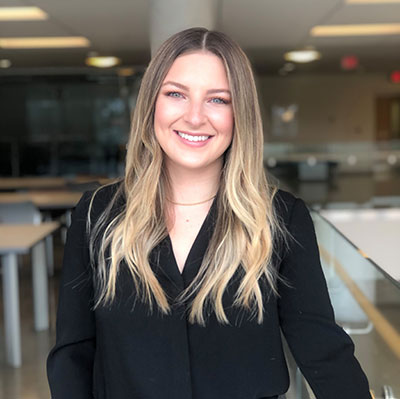
ALEXA HECHT
Contributor NewOptometrist.ca
Undergraduate Studies:
University of Manitoba in Psychology/Biology
Optometry:
University of Waterloo – Class of 2021









